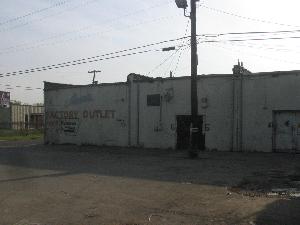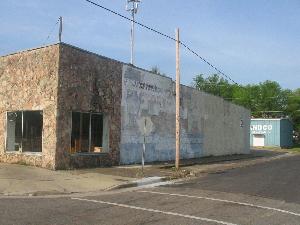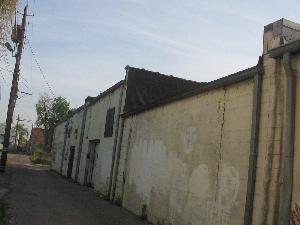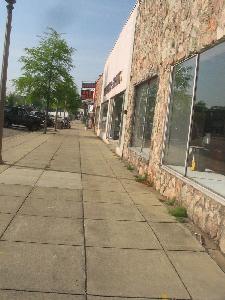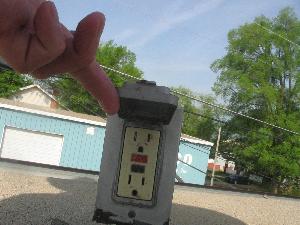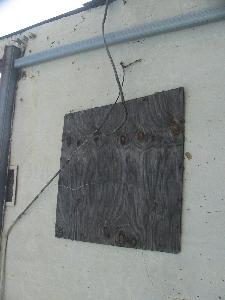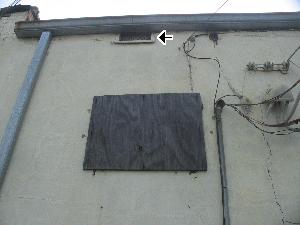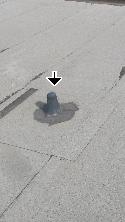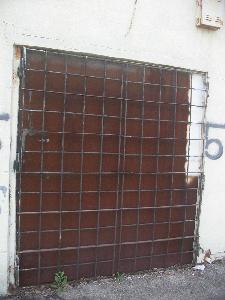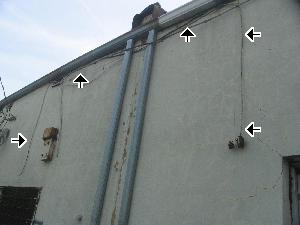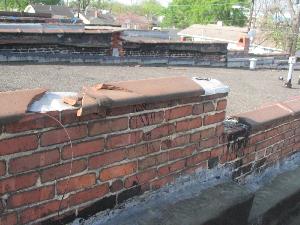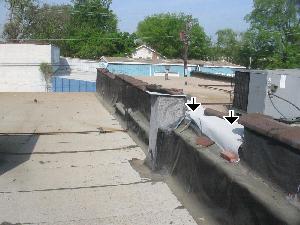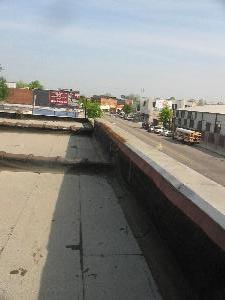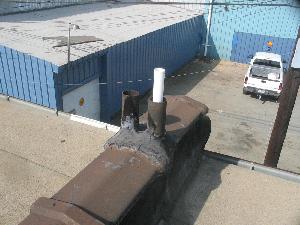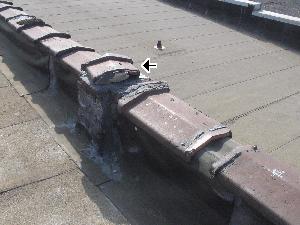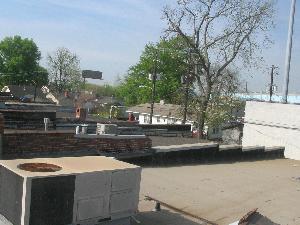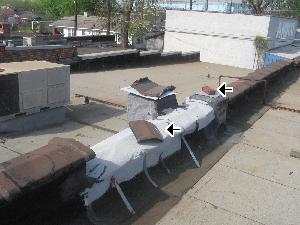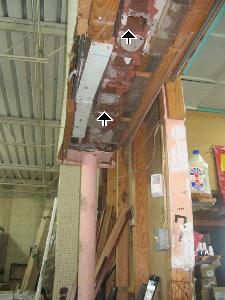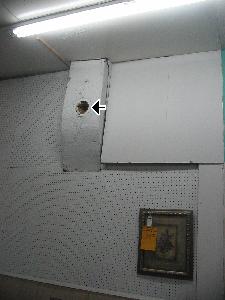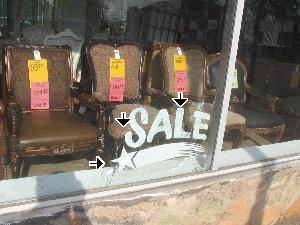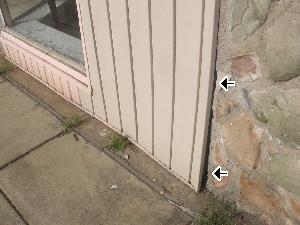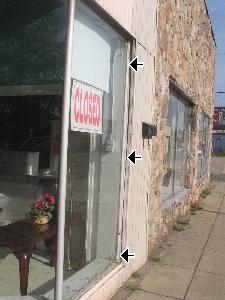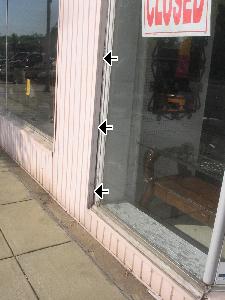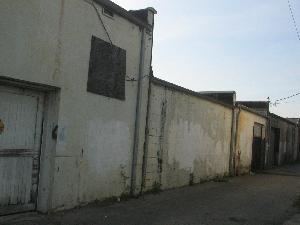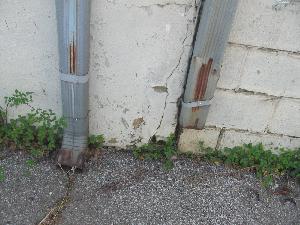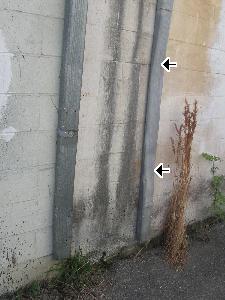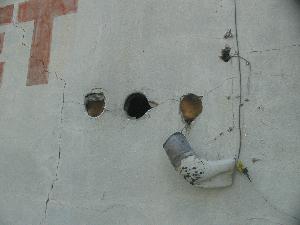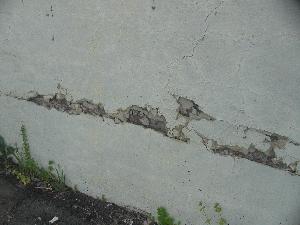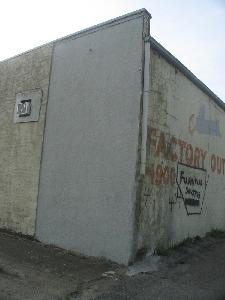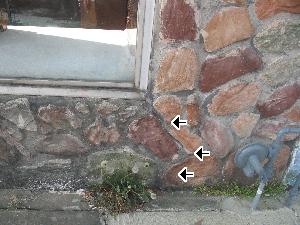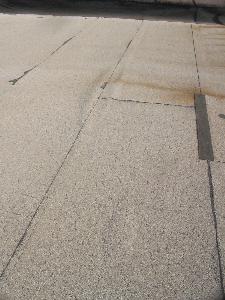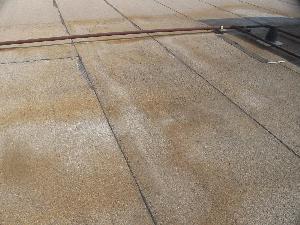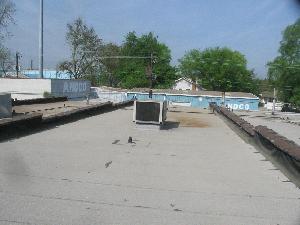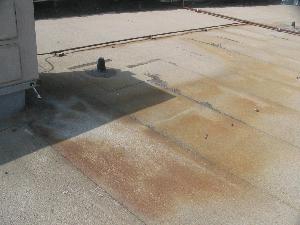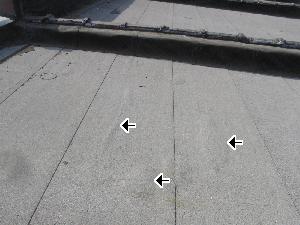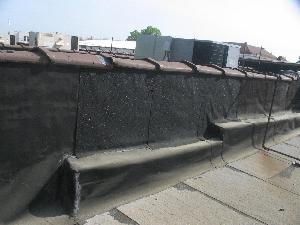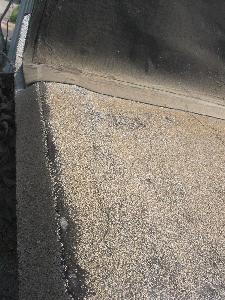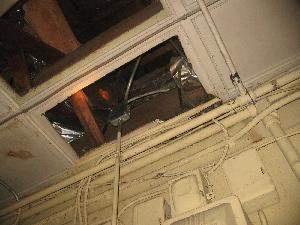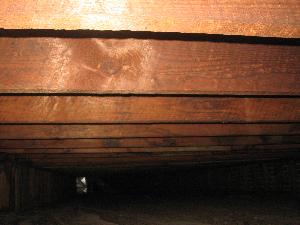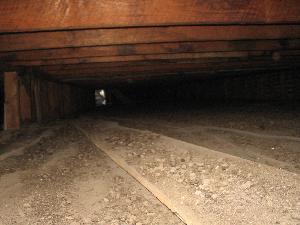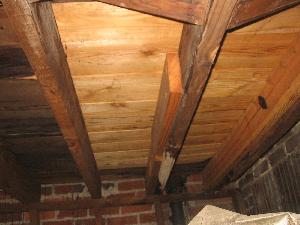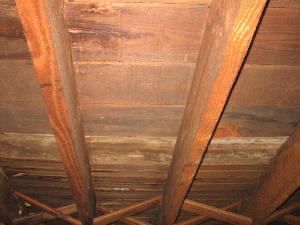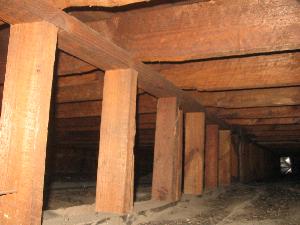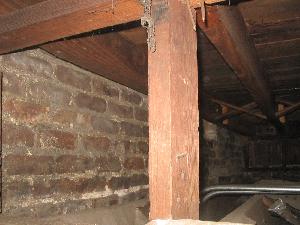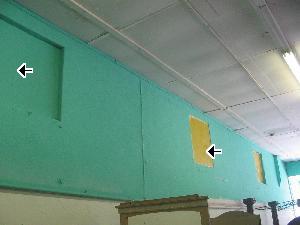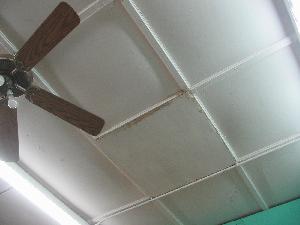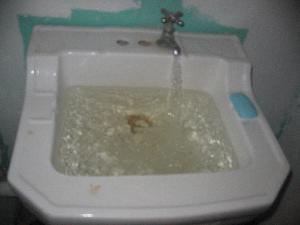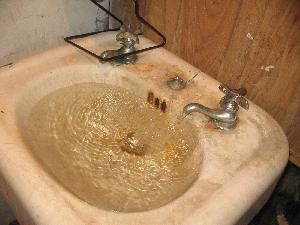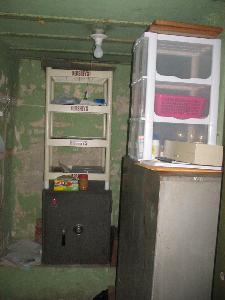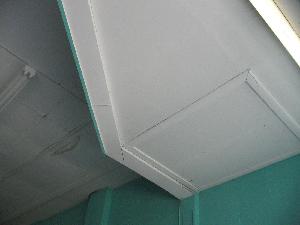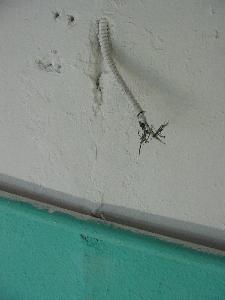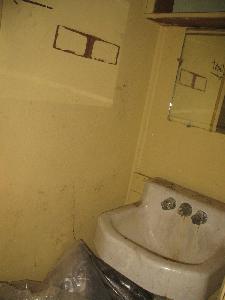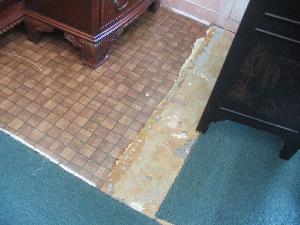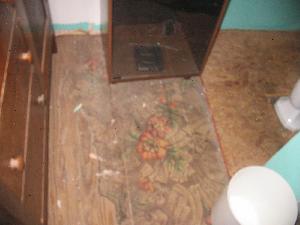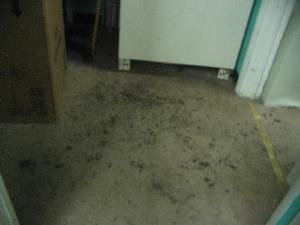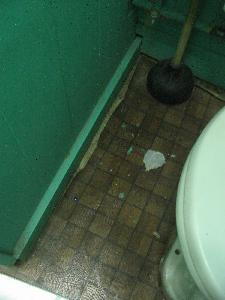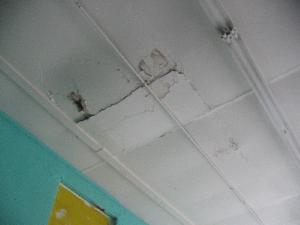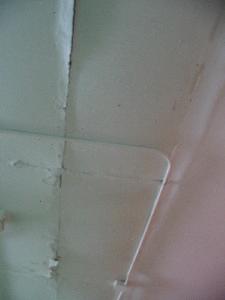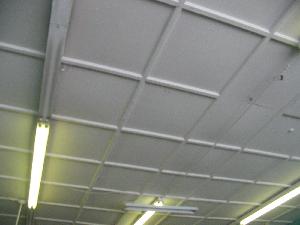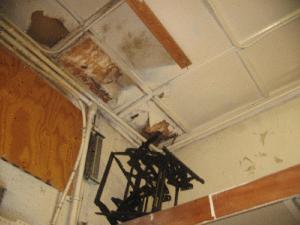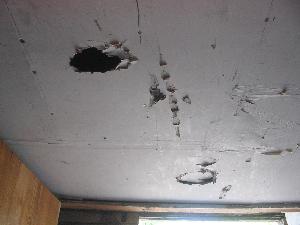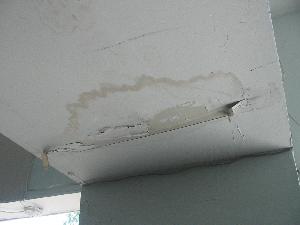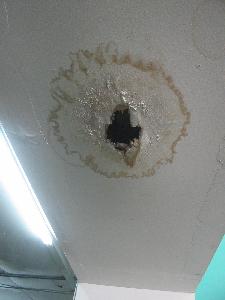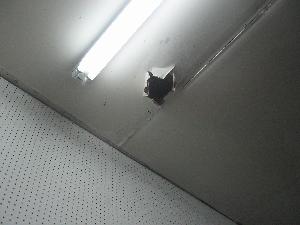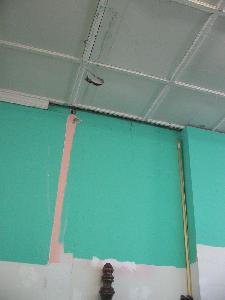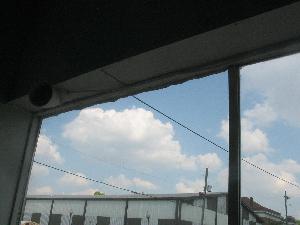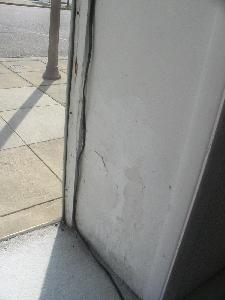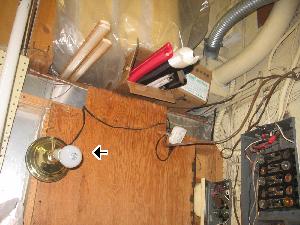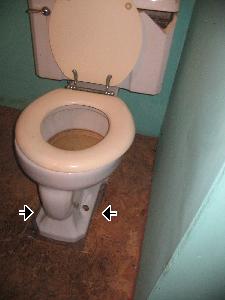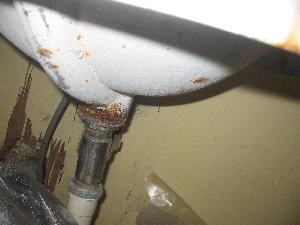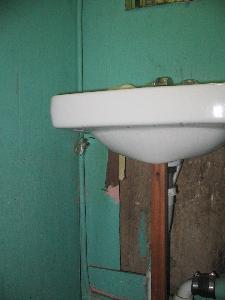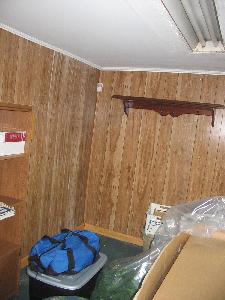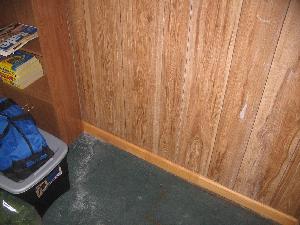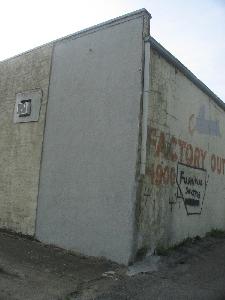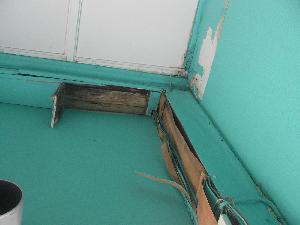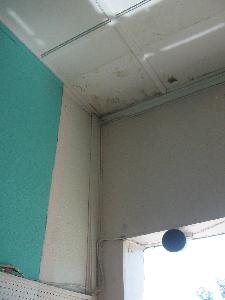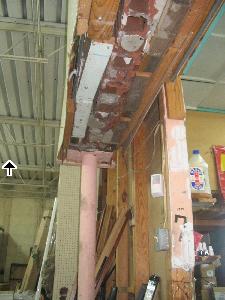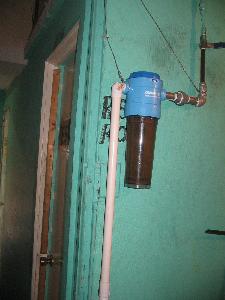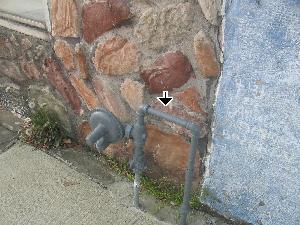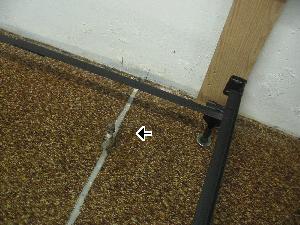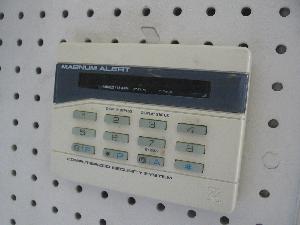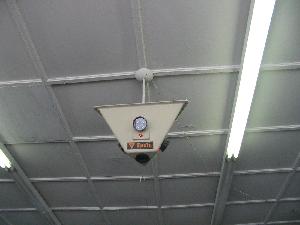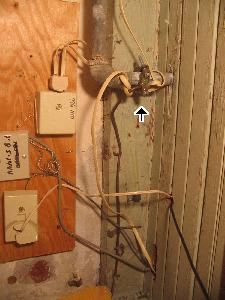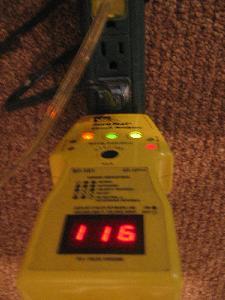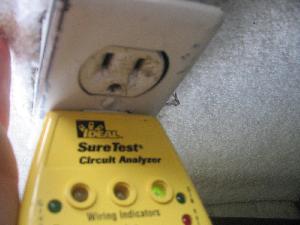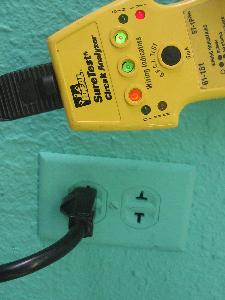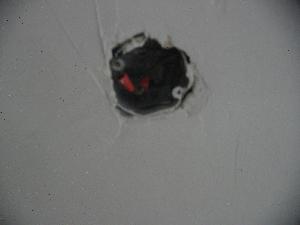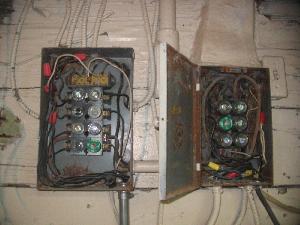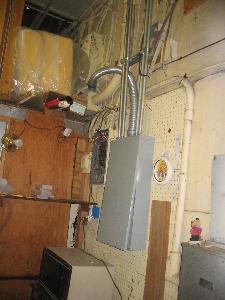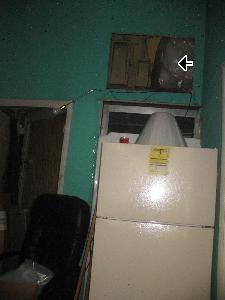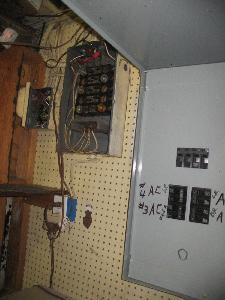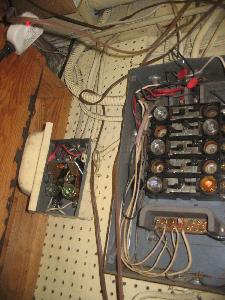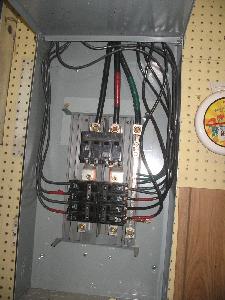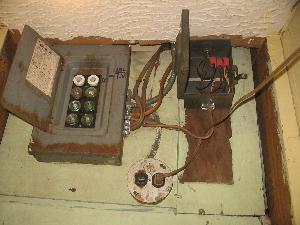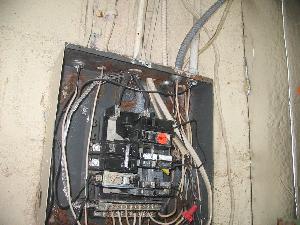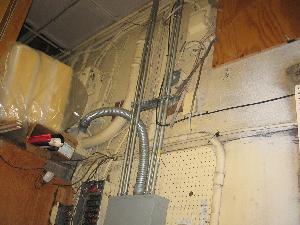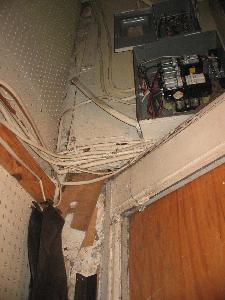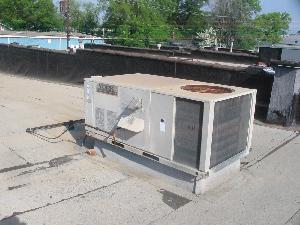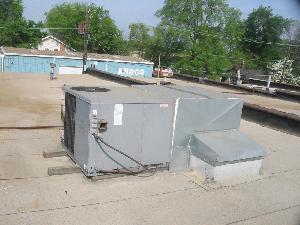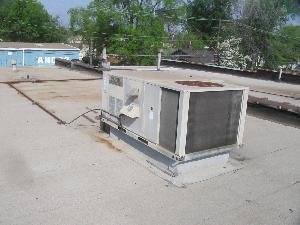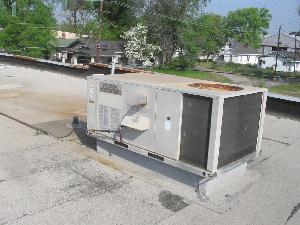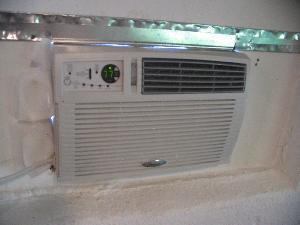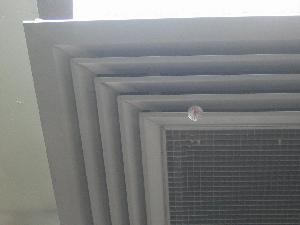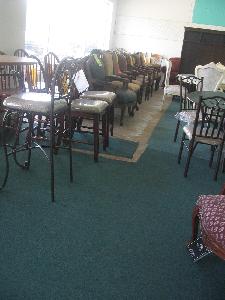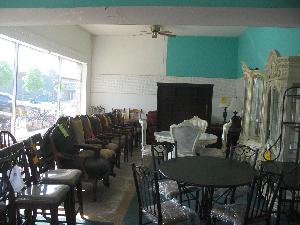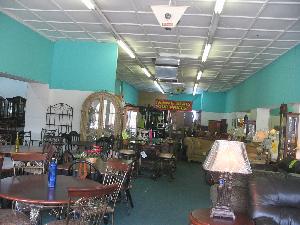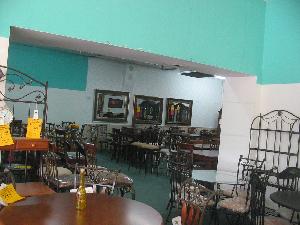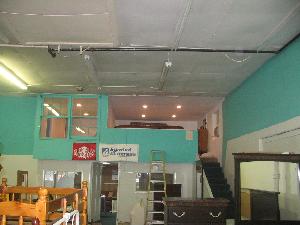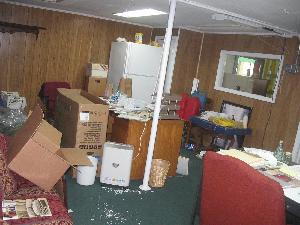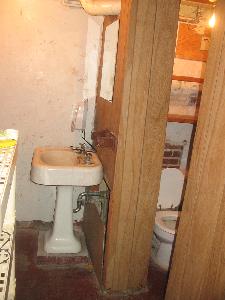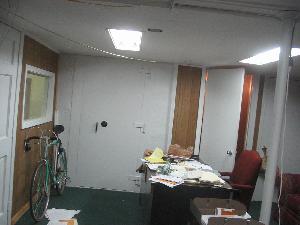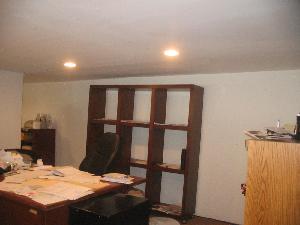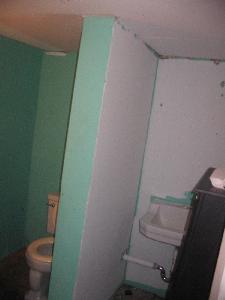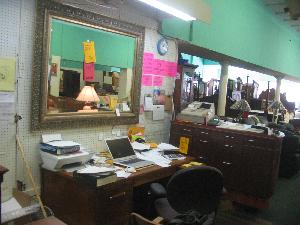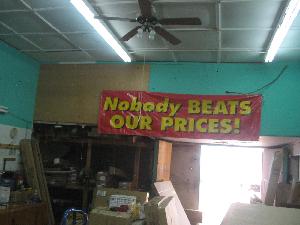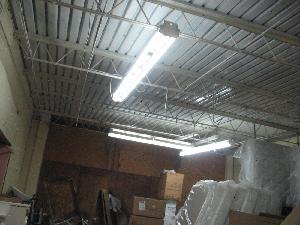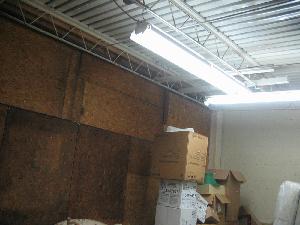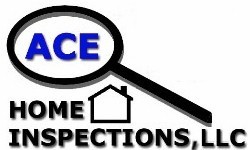
ACE Home Inspections, LLC
P.O. Box 1993
Alabaster, AL 35007
(205)401-3030 |
|
Customer
Report Sample
|
|
Home
123 Sample Lane
Birmingham, AL
00000
|
|
Real Estate Agent
NONE
|
|
|
Weather:
Clear and Sunny | Inspection
Date
Thursday, March 29, 2007
Report ID:
05950 FINAL REPORT
| |
Temperature:
80 to 85 degrees |
Inspected By
Jeff Aiken
| |

SUMMARY

ACE Home
Inspections, LLC
P.O. Box 1993
Alabaster, AL 35007
(205)401-3030
|
|
Customer
Report Sample
|
|
Home
123 Sample Lane
Birmingham, AL
00000
|
The following items or discoveries
indicate that these systems or components do not function as intended or
adversely affects the habitabilty of the dwelling; or appear to warrant further
investigation by a specialist, or requires subsequent observation.
This summary shall not contain recommendations for routine upkeep of a system
or component to keep it in proper functioning condition or recommendations to
upgrade or enhance the function, efficiency, or safety of the home.
This Summary is not the entire report. The complete report may include
additional information of concern to the customer. It is recommended that the
customer read the complete report.
ACE Home Inspections, LLC
Home inspectors are not required to report on the following: Life expectancy
of any component or system; The causes of the need for a repair; The methods,
materials, and costs of corrections; The suitability of the property for any
specialized use; Compliance or non-compliance with codes, ordinances, statutes,
regulatory requirements or restrictions; The market value of the property or its
marketability; The advisability or inadvisability of purchase of the property;
Any component or system that was not observed; The presence or absence of pests
such as wood damaging organisms, rodents, or insects; or Cosmetic items,
underground items, or items not permanently installed. Home inspectors are not
required to: Offer warranties or guarantees of any kind; Calculate the strength,
adequacy, or efficiency of any system or component; Enter any area or perform
any procedure that may damage the property or its components or be dangerous to
the home inspector or other persons; Operate any system or component that is
shut down or otherwise inoperable; Operate any system or component that does not
respond to normal operating controls; Disturb insulation, move personal items,
panels, furniture, equipment, plant life, soil, snow, ice, or debris that
obstructs access or visibility; Determine the presence or absence of any
suspected adverse environmental condition or hazardous substance, including but
not limited to mold, toxins, carcinogens, noise, contaminants in the building or
in soil, water, and air; Determine the effectiveness of any system installed to
control or remove suspected hazardous substances; Predict future condition,
including but not limited to failure of components; Since this report is
provided for the specific benefit of the customer(s), secondary readers of this
information should hire a licensed inspector to perform an inspection to meet
their specific needs and to obtain current information concerning this property.
ACE Home Inspections, LLC
Prepared Using HomeGauge http://www.homegauge.com/ SHGI (c)
2000-2003 : Licensed To Jeffrey James Aiken
Styles & Materials
LEVEL PROPERTY
NO TREES OR
SHRUBS
|
NONE
|
FRONT CITY SIDEWALK
RIGHT
SIDE CITY SIDEWALK
|
FRONT PAVED STREET PARKING
RIGHT SIDE PAVED STREET
REAR PAVED ALLEY STREET
|
Inspection Items
Styles & Materials
INTERIOR WOOD STAIRWAY
LOCATED REAR RIGHT SIDE
|
WOOD BANISTER
RAILING
|
Inspection Items
Styles & Materials
TWO GLASS FRONT ENTRY
WOOD
SLIDING REAR ENTRY
|
FIXED GLASS PANES
ALUMINUM
FRAMING
|
FRONT STONE AND MORTAR
REST IS BRICK AND MORTAR
COVERED WITH 1-INCH CONCRETE
|
REAR ALUMINUM GUTTERS
|
POURED CONCRETE
|
WALK ENTIRE ROOF/USE LADDER
|
FLAT
SLIGHTLY SLOPED DOWN
TO REAR
|
36 INCH WIDE ROLL
FIBERGLASS ASPHALT MATERIAL
OVER ROOF TAR BASE
|
ONE
|
15 TO 20 YEARS
|
REAR RECTANGULAR WALL VENTS
|
SOME WITHIN PARAPETS
|
NONE
|
2 ROOF CONE VENTS PER BAY
1 REAR ASBESTOS FLUE PER BAY
1 HEAT/COOL UNIT PER
BAY
|
Inspection Items
Styles & Materials
2 x 6 WOOD RAFTERS
1 x 6 ROOF DECKING BOARDS
1 x 8 ROOF DECKING BOARDS
|
2 x 12 WOOD CEILING
JOISTS
|
16 INCHES
|
16 INCHES
|
NONE
|
RIGHT BAY INFO UNKNOWN
FRONT OF LEFT BAY UNKNOWN
LEFT BAY REAR STEEL TRUSSES
LEFT BAY REAR OPEN CEILING
|
|
Inspection Items
Styles & Materials
PLASTERBOARD SQUARE
PANELS
WOOD BOARD PANEL
FRAMING
ALL OVER HARDWOOD
T&G
|
PLASTER
PLASTERBOARD
CONCRETE
BRICK AND
MORTAR
|
CONCRETE
|
4 HALF BATHROOMS
|
1 WALL SINK EACH
1 COMMODE
EACH
|
1 REAR WALL LEFT CENTER
1
REAR WALL RIGHT CENTER
|
3 BAYS ARE 12FT HIGH
RIGHT
BAY IS 13.7 FT HIGH
|
4 SEPARATE BAYS
FORMERLY 4
SEPARATE BUILDINGS
|
OPEN WALLS BETWEEN BAYS
REAR RIGHT UPPER OFFICES
REAR RIGHT LOWER OFFICES
|
REAR WALL HALLWAY/RESTROOMS
FORMER REAR WALL ENTRY
REAR HALLWAY SIDE ROOM
|
REAR OFFICE WALK-IN SAFE
BY SARRGENT & GREENLEAF
FIREPROOF ENCLOSURE
|
5 FOTOVU SECURITY CAMERAS
REAR WALL WORKBENCH AREA
|
104FT WIDE X 98FT DEEP
|
Inspection Items
Styles & Materials
METAL PIPE
|
METAL PIPE
|
CAST IRON/METAL PIPE
WHITE
PVC(polyvinyl chloride) PIPING
|
UNKNOWN
|
PUBLIC
|
WHITE PVC(polyvinyl chloride)
PIPING
METAL DRAIN PIPING
GRAY TUBING WATER LINES
WHITE PLASTIC FLEX HOSE
COPPER WATER CONNECTIONS
|
NONE
PRESENT
|
Inspection Items
Styles & Materials
ABOVE GROUND
USES A DRIP LOOP
ATTACHES
TO SIDING
|
DIGITAL METER DATED 08/2002
|
1 SIEMENS 200AMP - BREAKERS
1 GENERAL SWITCH 30AMP -2 FUSES
1 UNKNOWN 100AMP - 10 FUSES
1 WADSWORTH 60AMP - 6 FUSES
1 WADSWORTH 60AMP - 8 FUSES
1 GE 60AMP - FUSED DISCONNECT
1 WURDACK 100 AMP - FUSES
2 100AMP FUSED DISCONNECTS
1 UNKNOWN 125AMP - BREAKERS
1 GE 125 AMP - BREAKERS
1
GENERAL SWITCH 60AMP - 8 FUSES
|
OLDER NM CLOTH CABLE
MODERN ROMEX
ARMORED
CABLE
|
COPPER
|
Inspection Items
Styles & Materials
BUILDING
ALL 4
BAYS
|
4 TOTAL HEATING UNITS
1 ON
ROOF ABOVE EACH BAY
|
NATURAL GAS
|
FORCED AIR
|
BAY 1 (LEFTMOST) - YORK
BAY 2 - INTERNATIONAL COMFORT
BAY 3 - YORK
BAY 4
(RIGHTMOST) - YORK
|
ELECTRONIC AUTO PILOT
|
BAY 1 - DATED 11/1993
BAY
2 - DATED 08/2001
BAY 3 - DATED
11/1993
BAY 4 - DATED
11/1993
|
BAY 1 - 153 DEG
BAY 2 -
147 DEG
BAY 3 - UNIT NOT
FUNCTIONAL
BAY 4 - 143 DEG
|
NONE
CENTRAL DISPERSING
UNIT
FROM BOTTOM OF EACH
UNIT
|
|
Inspection Items
Styles & Materials
BUILDING
ALL 4
BAYS
|
CENTRAL
|
BAY 1 - 59 DEG
BAY 2 - 60 DEG
BAY 3 -
UNIT NOT FUNCTIONAL
BAY 4 - 60
DEG
|
80 DEG
|
BAY 1 - YORK 11/1993
BAY 2
- INTER COMFORT 08/2002
BAY 3 - YORK
11/1993
BAY 4 - YORK 11/1993
|
EACH IS 5 TONS
|
|
Inspection Items
Styles & Materials
Inspection Items
Styles & Materials
Inspection Items
Inspection Items
Prepared Using HomeGauge http://www.homegauge.com/ SHGI (c)
2000-2003 : Licensed To Jeffrey James Aiken 

